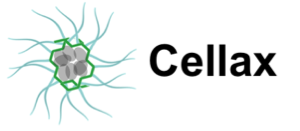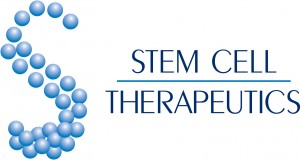Cellax profiled in SciBX; MaRS Innovation’s MSc PoP program cited in National Post supplement
 The Cellax technology was profiled in a recent issue of SciBX (subscription necessary). MaRS Innovation is mentioned in the article as the technology’s commercialization agent.
The Cellax technology was profiled in a recent issue of SciBX (subscription necessary). MaRS Innovation is mentioned in the article as the technology’s commercialization agent.
Here’s an excerpt:
“Ontario Institute for Cancer Research scientists have developed glycopolymer-conjugated docetaxel nanoparticles that outperform Abraxane in mouse models of breast cancer. The Ontario Institute for Cancer Research (OICR) is backing the program with $1.5 million to take it to the clinic. The expectation is that the product’s ability to target the tumor stroma rather than the tumor itself will differentiate it from Abraxane and other chemotherapeutic formulations.”

